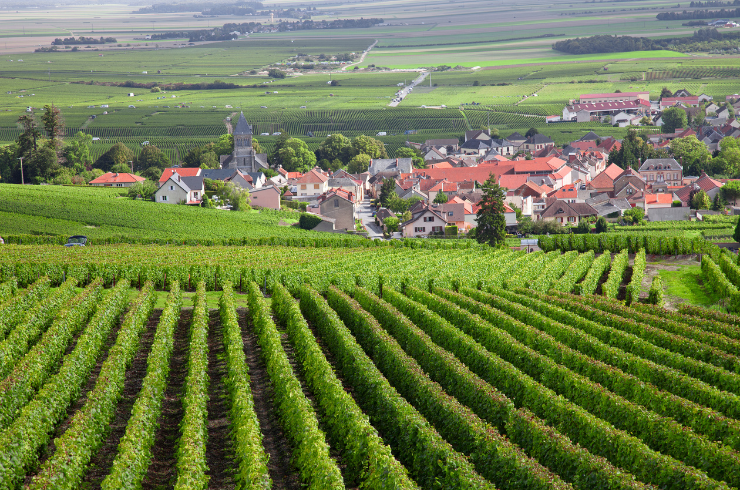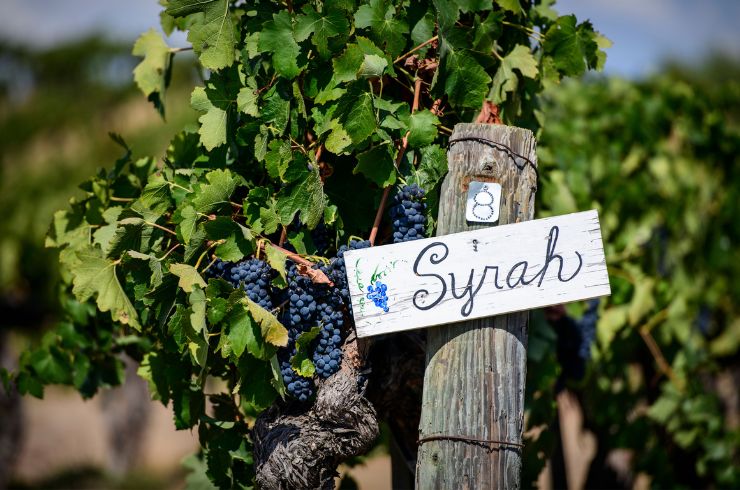Jane Faulkner
As the tsunami of randomised samples arrives for the Halliday Wine Companion tasting, the aim is always to assess them fairly, with integrity, and in the hope that my teeth plus sanity are intact by the end. The latter two are debatable. The former without question. It’s an intense, rigorous and mostly daily process, and it’s not for the faint of heart.
So, first impressions: overall, the wines were solid. Sure, there were duds in-between, and they don’t make the guide, but there were also some utterly delicious and compelling bottles. Wines that confirm why this tasting is meaningful.
Reflection comes after the fact. A picture then emerges of certain styles or varieties, including blends, that left a positive mark. While there were no obvious new developments, some of my consignment confirmed the pleasing trends of lighter-framed reds and well-handled phenolics in whites continue.
Before offering insight there, I have one grumble, and it’s a big one. Some producers are determined to put their top wines into absurdly heavy bottles – some weighing in close to two kilograms. Apart from the environmental and ecological footprint, including cost, heavy bottles do not make a wine taste better. Any producer who believes such bottles are aesthetically pleasing is seriously misinformed. And to add insult to injury (literally from the weight), many are sealed under cork. That means I had some wines ruined by TCA, others scalped. I could go on with this rant and will unless you stop using them. Please!
Back to the positive trends. It needs to be made clear that lighter-bodied reds don’t always equate to simple and easy, although many are effortless to drink (I mean taste). Why? They are unencumbered by oak. Usually, no new wood is used and/or they are not left in barrel for too long. A few years ago, Sarah Crowe from Yarra Yering hit the mark when she composed Light Dry Red Pinot Shiraz from the Yarra Valley. The quality of fruit shines through over winemaking artefact. Others are following suit or making their own mark: I was impressed by Adelaide Hills producer Guthrie Wines’ range overall, but especially with their reds. There was nothing heavy-handed. All are delicious drinking now, with some destined for ageing, such as The Snare Syrah made with 100% whole-bunches, 40 days on skins and aged in seasoned French hogsheads. A rockin’ wine.
Skin-contact whites continue to make their presence felt, with the best balancing savouriness and texture that’s mainly due to well-handled phenolics. Bryan Martin from Ravensworth in Murrumbateman understands that perfectly, with his fabulous Pinot Gris made using whole-clusters, carbonic maceration and skin contact, while his Seven Months – a blend of pinot gris, riesling and gewurztraminer – is left on skins for, yes, seven months.
It was a delight to taste through Clay Pot Wines, especially Pandora’s Amphora and Taurian crafted by experienced and talented winemaker, Glenn James. I can’t reveal too much, but all will be soon when the 2020 Halliday Wine Companion is released.
THE GOOD AND THE BAD
Hot: lighter reds and textural whites.
Not: heavy, environmentally unfriendly bottles.
Ned Goodwin MW
While tasting for the Halliday Wine Companion can be a slog, the benefits are many. After all, annual exposure to a slew of domestic wines serves as a platform to glean the nuances that define wine styles, regional traits that are increasingly accentuated, and the winemaking approaches that help communicate these factors.
When certain approaches in the vineyard and cellar become pervasive, together with regional synergies of site and variety that begin to stand out over others, we have a barometer to gauge contemporary trends. At the premium end, these trends are defined as much by fidelity to the place where grapes grow as they are by the people behind the wines.
The trend towards lighter reds continues, and long may it! It reflects culinary confidence and with it wines of poise and effortlessness, or what I like to call ‘wines that don’t get in the way’. These fresher expressions, often hewn of adventurous varieties such as nebbiolo, gamay, grenache, sangiovese and even mondeuse (Mount Majura’s is particularly noteworthy), neither overwhelm that which is on the plate nor bludgeon the drinker with a phalanx of extract, alcohol and artefact.
And on that note, the trend towards less artefact is strengthening inexorably. Holistic approaches in the vines – be it a gentle, sustainable footprint, an organic approach eschewing chemicals or a fully-fledged biodynamic tact – mean that ‘less is more’ is an axiom of the times. These approaches segue into less intervention in the winery: fewer additions such as sulphur dioxide, and with many gulpable examples made with none at all.
What about varieties? Chardonnay has been the hero for some time now, thankfully moving from the anorexic response to Australia’s fall in favour across traditional export markets a decade ago to styles that are ample and flavoursome without being fat or oaky. Despite being too often anodyne, pinot gris is the real mover, its neutrality, paradoxically, its virtue. The best examples ply textural intrigue and intensity of flavour across a waft of baked-apple spice and nashi pear accents while parrying with an array of food types.
And then there is rosé! Australian rosé has become a riveting category after a purgatory of gloppy, luridly coloured wines licked with sugar. Today, gentle coral hues lead to light- to mid-weighted wines, the best defined by crunchy energy, a thirst-slaking shimmy of herb and a dry finish: Brokenwood’s Nebbiolo Rosato and Bondar’s Grenache Rosé spring to mind. If one spends over $25, they are often far superior to the French competition, which is surely the biggest cash cow for the restaurant trade of late.
Conversely, there are some things I find lamentable about the state of Australian wine.
In a nutshell, whites made to the bang-in-bang-out formula of machine-harvested, high-yielding fruit, fermented cold with a limited number of inoculated yeast strains before a heavy hand with tartaric acid additions. Yawn! The technocratic Australian obsession with pH needs a rethink.
As for reds, the same obsession leads to poor quality oak choices, timid extraction regimes and fruit bereft of any real tannin. Wines like this are ubiquitous and have no place in my pleasure dome. The lack of structure is then obviated with, you guessed it, tannin and acid additions.
There is also too much carbonic soup, or wines made to a hipster creed of gentle extraction that all begin to taste the same. And finally, poor use of whole-bunch, or green stems in the ferment, can result in weedy, astringent wines.
THE GOOD AND THE BAD
Hot: fresh reds, holistic winemaking, flavoursome chardonnay, pinot gris and rosé.
Not: insipid whites, soft and slurpy reds, and poor use of oak and whole-bunch.
Latest Articles
-
News
The power of perspective: Ryan Ponsford's Entropy
2 Dec 2025 -
Events
Halliday Wine Academy: Wine Immersion Tours
30 Nov 2025 -
Travel
Scenic's Southern France and Bordeaux river cruises are tailor made for wine lovers
30 Nov 2025 -
News
What’s in a name? The etymological origins of popular grapes.
30 Nov 2025




